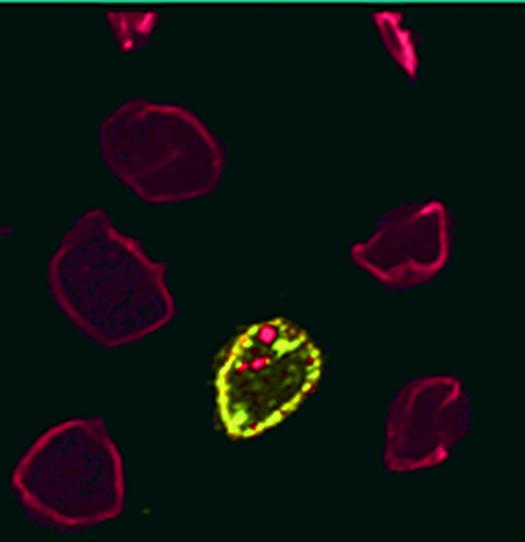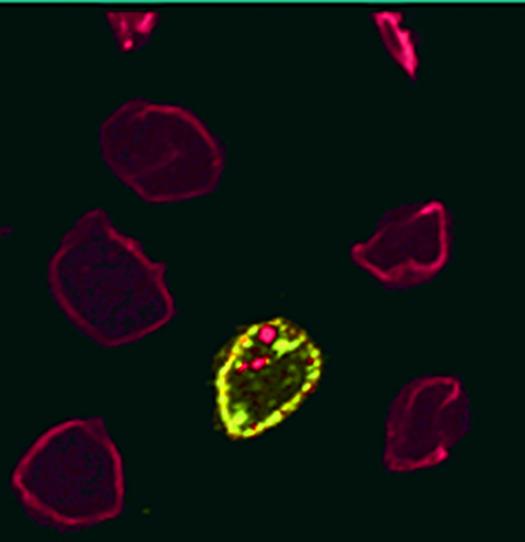
Credit: (Photo Courtesy: Singapore University of Technology & Design)
Red blood cells are formed in the bone marrow from haematopoietic stem cells via a complex process known as erythropoiesis. Towards the end of this process, immature red blood cells also known as reticulocytes (multi-lobular and spherical) undergo dynamic re-arrangements to yield highly deformable biconcave erythrocytes (also known as normocytes), which performs gaseous and nutrient exchange throughout the body. However, molecular mechanisms underpinning these remarkable morphological and bio-mechanical transformations remained largely unknown. Through quantitative profiling of protein composition and imaging, a research team lead by Singapore University of Technology and Design (SUTD) Assistant Professor Rajesh Chandramohanadas is now able to explain this intriguing biological phenomenon.
Reticulocytes form a small proportion of human peripheral blood, often less than 2% of the total red blood cells. Therefore it is difficult to purify them in sufficient quantities and quality for large-scale experiments. To circumvent this problem, SUTD researchers purified young reticulocytes from cord blood (which contains ~ 4% reticulocytes) from normal term pregnancies. A magnetic selection protocol using an antibody against transferrin receptor was used to isolate immature red blood cells. To reduce sample complexity and increase overall coverage, these cells were again fractionated into membrane and soluble samples. Thereafter, a sophisticated quantitative mass spectrometry technique was employed which resulted in the identification and quantification of more than 1800 proteins. This is by far the most comprehensive information on protein composition for human red blood cells.
The team carefully analysed this large dataset and short-listed certain proteins such as talin and tubulin, which dramatically changed between immature and mature blood cells. Although such proteins are known to confer stiffness to biological cells, these proteins were confirmed as residues that remained in the reticulocytes from precursor cells.
The researchers then looked at the abundance of other proteins that are responsible for maintaining cellular architecture, such as a group of proteins called spectrins. Although the overall amount of spectrins remained comparable between reticulocytes and normocytes, the arrangement of these proteins were drastically different in reticulocytes as observed through microscopy. Filaments that formed spectrin-based network shrunk by roughly 20% during maturation, and this could account for the transition in shape and deformability of reticulocytes.
This research was published in top Haematology journal British Journal of Haematology, and its first authors are postdoctoral fellow Dr. Trang Chu and research assistant Mr. Ameya Sinha from SUTD. The research team also comprised of immunologists, biochemists and clinicians from various organizations such as Astar-SIgN (Laurent Renia and Benoit Malleret), KK Hospital (Jerry K. Chan) National University of Singapore (Bruce Russell), NTU (Sze Su Kwan and Navin Verma) and Mahidol-Oxford Tropical Medicine Research Unit (Francois Nosten).
Principal investigator Prof Chandramohanadas said: "This robust dataset on the protein composition of human red blood cells could help promote understanding of pathological conditions that affect blood cell maturation and function. Furthermore, these results will facilitate targeted analysis of interactions between blood cells and infectious agents- such as Plasmodium vivax malaria parasites which only infect young human reticuocuytes."
###
Media Contact
Melissa Koh
[email protected]
65-649-98742
http://www.sutd.edu.sg
Related Journal Article
http://dx.doi.org/10.1111/bjh.14976





